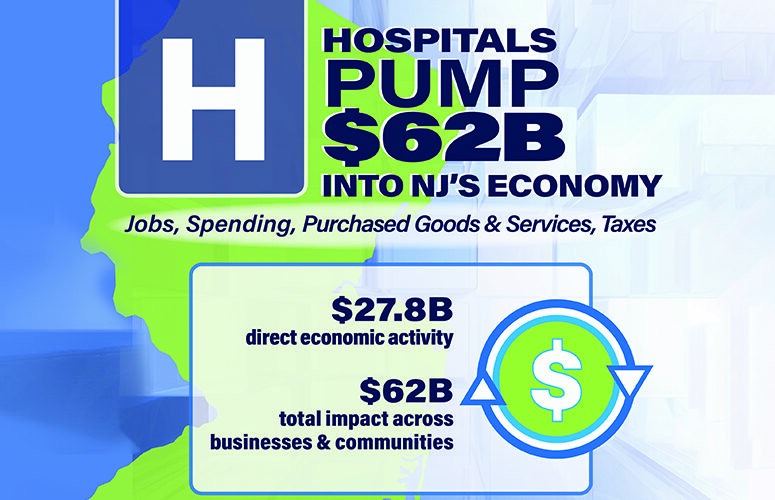
Key Metrics Businesses Need to Watch Pre-Recession
We are in uncertain times caused by inflation, geopolitical unrest, and other influences.
By Salvatore Schibell, CPA, CFP®, CGMA, MS Taxation, MBA, Lawson, Rescinio, Schibell & Associates, P.C. On Jan 17, 2023Inflation is a significant threat to financial stability affecting the economy, investments and businesses. The Federal Reserve’s monetary policy of increasing interest rates to control inflation is an important step in this effort. Still, the result will cause an economic slowdown affecting all aspects of business. Most economists say we should prepare for a downturn and the possibility of a recession. Here are some of the key metrics business owners should watch.
Global and Regional Metrics: Global and regional metrics give a macroeconomic view of consumer and industry buying behavior.
Unemployment: The U.S. Bureau of Labor Statistics releases monthly and yearly employment data. Look at employment figures to determine if the labor markets are going up or down. A steep or rapid decline could indicate that a recession is on the horizon. Employers should keep a close eye on employment levels within their organization. A drop in output often accompanies a decline in employment.
Consumer confidence: The consumer confidence index gauges how people feel about the economy. When consumer confidence is high, customers spend more and feel financially stable. When it is low, consumers spend less. A decline in consumer confidence is a warning sign that customer behavior may change. This metric can indicate the estimated demand for products now and in the immediate future.
Consumer spending: The U.S. Department of Commerce releases a monthly report on economic activity. This report assesses personal wealth and how much disposable personal income people have. When people have higher disposable income, they are more likely to spend.
Housing activity: A key metric for housing activity is housing starts which tracks the number of new residential construction projects. A decline in this metric signifies that housing demand is weakening and investors are pulling back from residential construction. A drop in this metric usually signals the beginning of a recession.
Individual Business Metrics: A business’s financial metrics can signal that the company is in trouble or provide reassurance that everything is fine.
Sales revenue: Must be watched continuously. If sales are declining month over month, there is an issue. If sales are increasing, the company should be in good shape.
Cost of goods sold (COGS): The direct cost of producing the goods sold by a company. It includes the cost of the materials and labor directly used to create the goods. It excludes indirect expenses, such as distribution costs and sales force costs.
Cash flow refers to the amount of money that comes in and goes out of a business. A positive cash flow means the amount received exceeds spending. A negative cash flow means that the company cannot pay its bills.
Net profit margin: Discloses how much actual profit is made on sales by removing expenses associated with revenue.
Unpaid invoices: Indicate that payment terms must be adjusted to speed up customer payments and slow down payments to vendors.
Revenue per employee (RPE): Also known as the revenue-to-employee ratio, measures an organization’s annual revenue divided by its current full-time equivalent workforce for the past 12 months. It is an indicator of an organization’s overall productivity. RPE is beneficial when comparing companies within the same industry.
Burn rate: The pace at which cash is decreasing. Businesses need to know if they are running low or out of money to take corrective action.
Churn rate: One of the most important metrics that a company with recurring payment customers can calculate. It is the percentage of customers that have canceled recurring payments.
Most key metrics point towards a recession. How companies react and scale their business will either help them survive or die. It’s important to watch KPIs that can make or break the company, establish a plan, and implement a system of procedures and safeguards to minimize the effect.
About the Author: Salvatore Schibell, CPA, CFP®, CGMA, MS Taxation, MBA, is the tax partner at Lawson, Rescinio, Schibell & Associates, P.C. He is a profitability improvement specialist who works with clients to maximize profitability. He can be reached at [email protected].
To access more business news, visit NJB News Now.
Related Articles:





